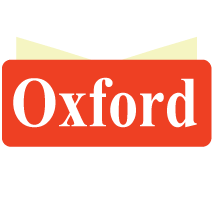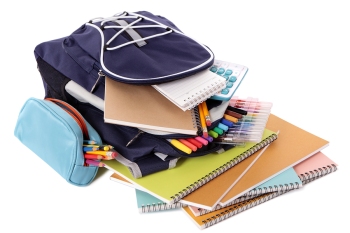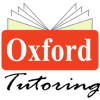For the last several weeks, we have broken down the format of an essay into easy to understand parts. There is a basic formula for writing a well-structured essay. Ultimately, it is the writer’s job to plug their words into the formula effectively and correctly.
However, having the tools to put an essay together in an organized manner can go a very long way to writing a successful essay.
Structure is one of the key elements in essay writing, and with the conclusion of today’s blog, you will have all the elements needed to present a well-structured essay.
Speaking of conclusions, today we are going to look at conclusion paragraphs. As a reminder, let’s briefly look at all the components of an essay.
The introduction paragraph is the heart.

It is designed to catch my reader’s attention.
Next, the thesis statement is the glue.

It holds my entire paper together and is placed at the end of introduction paragraph.
The body paragraphs are the meat.
They are the largest portion of my essay.
Then, the details of my body paragraphs are the key.

They unlock my argument.
Also, the commentary is the treasure.

They make the paper shine.
Lastly, the conclusion paragraph is the bow.

It ties my whole essay together.
Since the conclusion paragraph wraps everything up, we need to learn how to write one well.
Let’s take a look.
Your conclusion paragraph is your chance to remind the reader of your thesis, points you made in your body paragraphs, and leave the reader with a powerful closing statement. It should be made up of three parts.
Restatement

Use different words to remind the reader of your thesis statement.
Recap

Remind the reader of the main points from each of the body paragraphs.
So What

Your last sentence of your paragraph should be powerful. It tells the reader why they should care about your essay.
How to Write a “So What” Sentence
Your “So What” sentence will change based on the type of essay you are writing.
Informative Essays

Consider writing an objective truth.
If your paper was an informative essay on the devastation of the Black Plague, your sentence could look like this:
As society continues to develop and grow, it is necessary to remember that maintaining health standards is just as important now as it was in the 14th century.
Persuasive Essays
 If your essay was persuasive, try writing a call to action.
If your essay was persuasive, try writing a call to action.
For instance, if you were writing a persuasive paper on how Peeta is better for Katniss than Gale, your last sentence could look like this.
Show your support for Peeta by liking the Facebook page “Team Peeta.”
Analysis Essays

Write an expression of why your analysis improves the reading the text.
For example, if you are writing about how Fitzgerald develops Daisy’s character, your last sentence could look like this:
Fitzgerald allows the reader to see different sides of Daisy in order to create sympathy for a character who might otherwise seem thoughtless and unkind.
Your conclusion paragraph is the last thought your reader will be left with. So, it is important to make the conclusion powerful.

Then check back in with us next week for proofreading.





